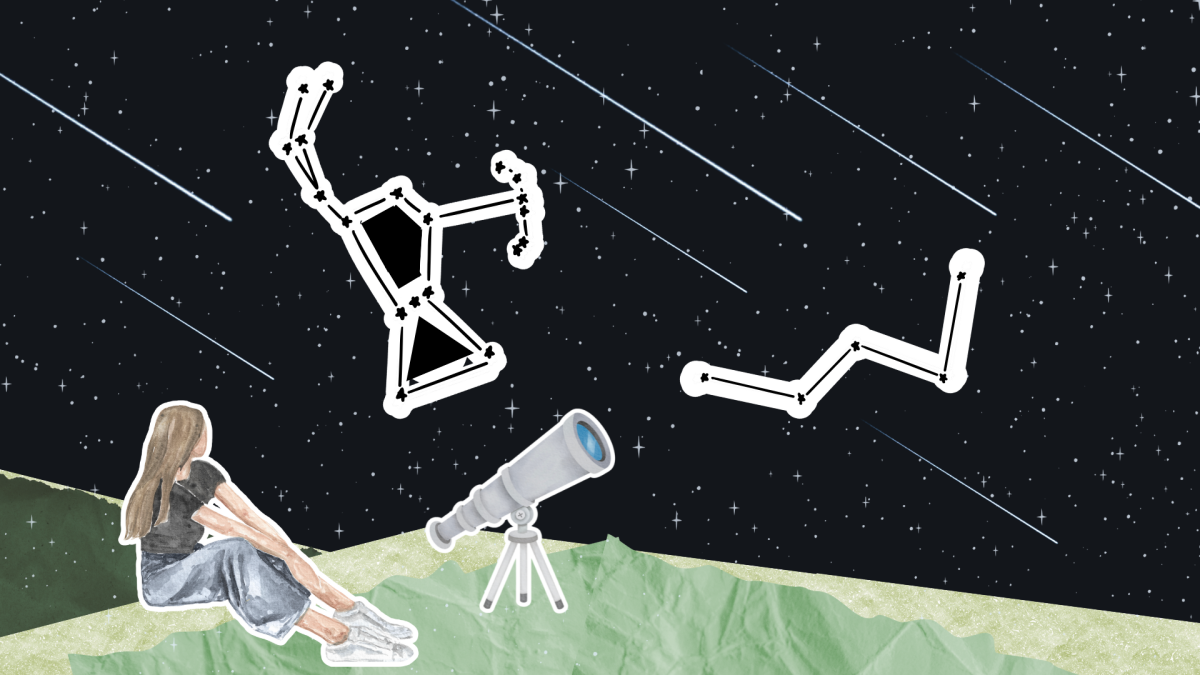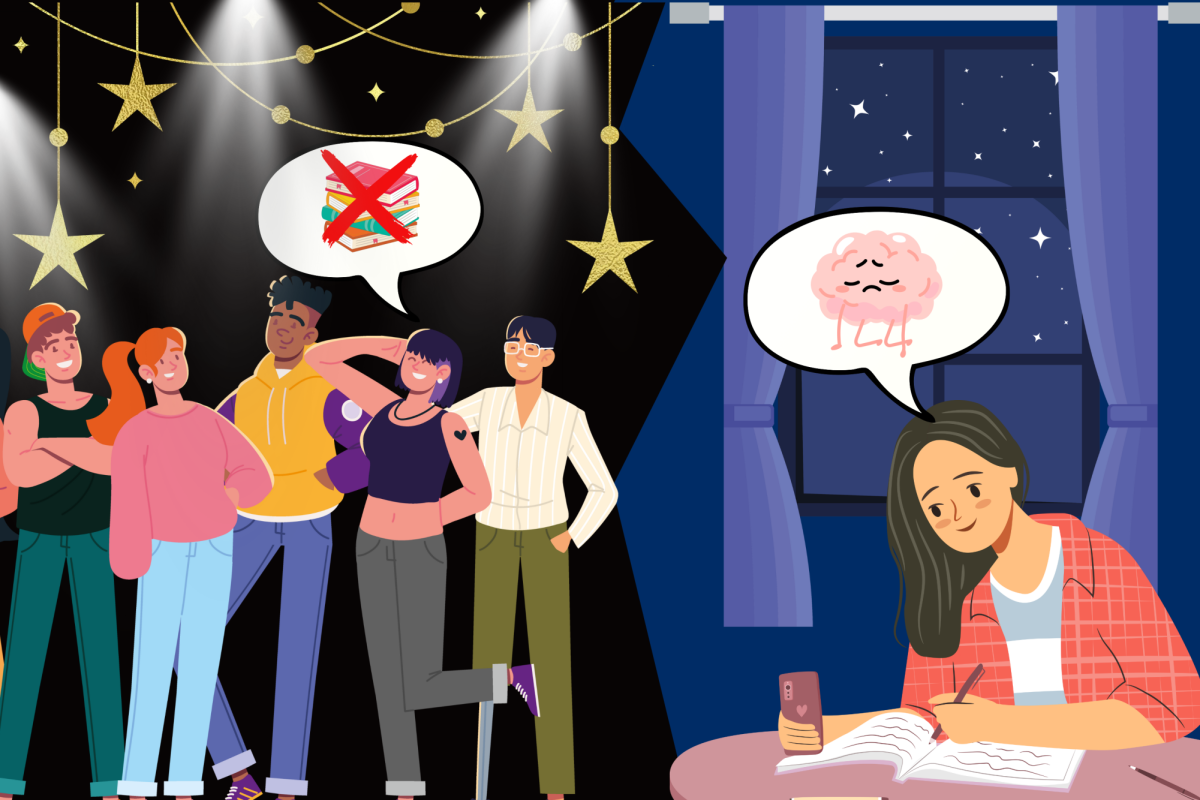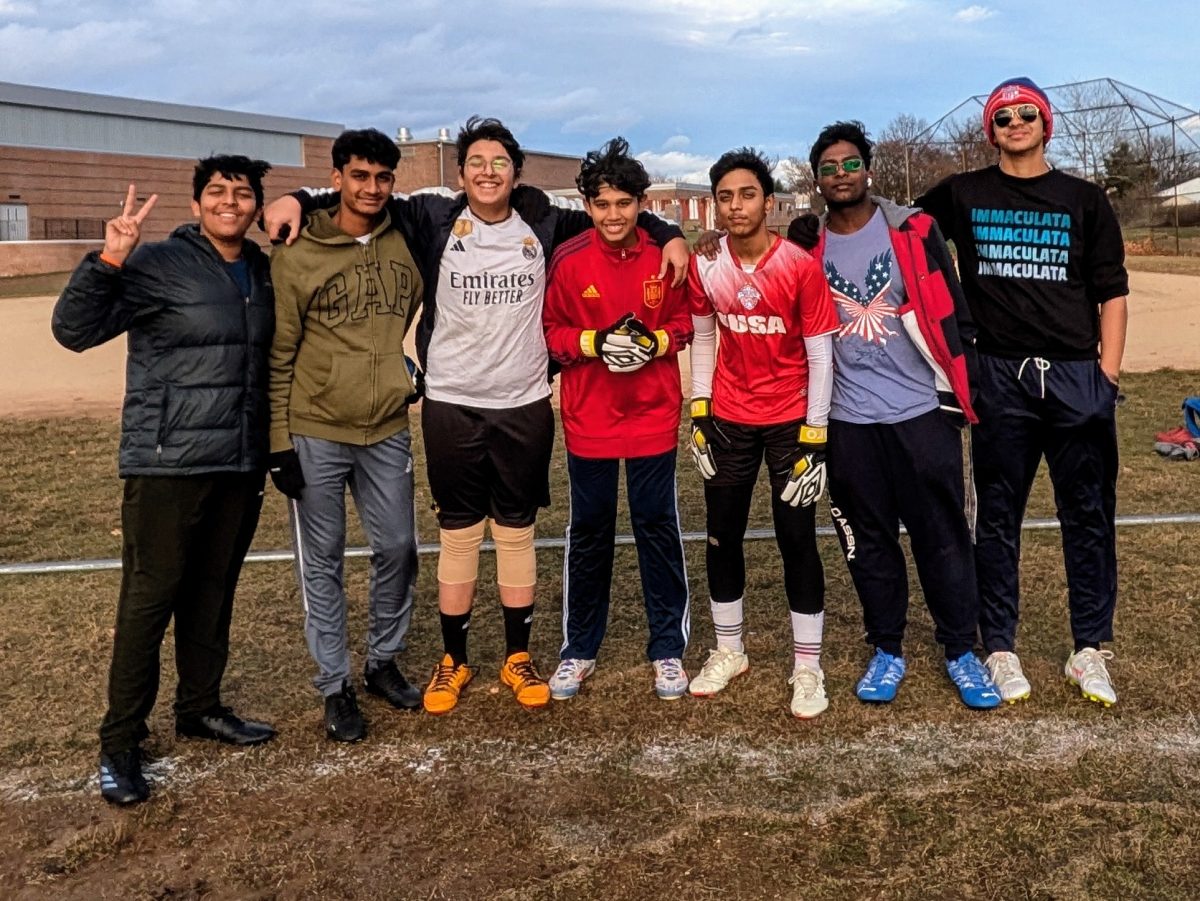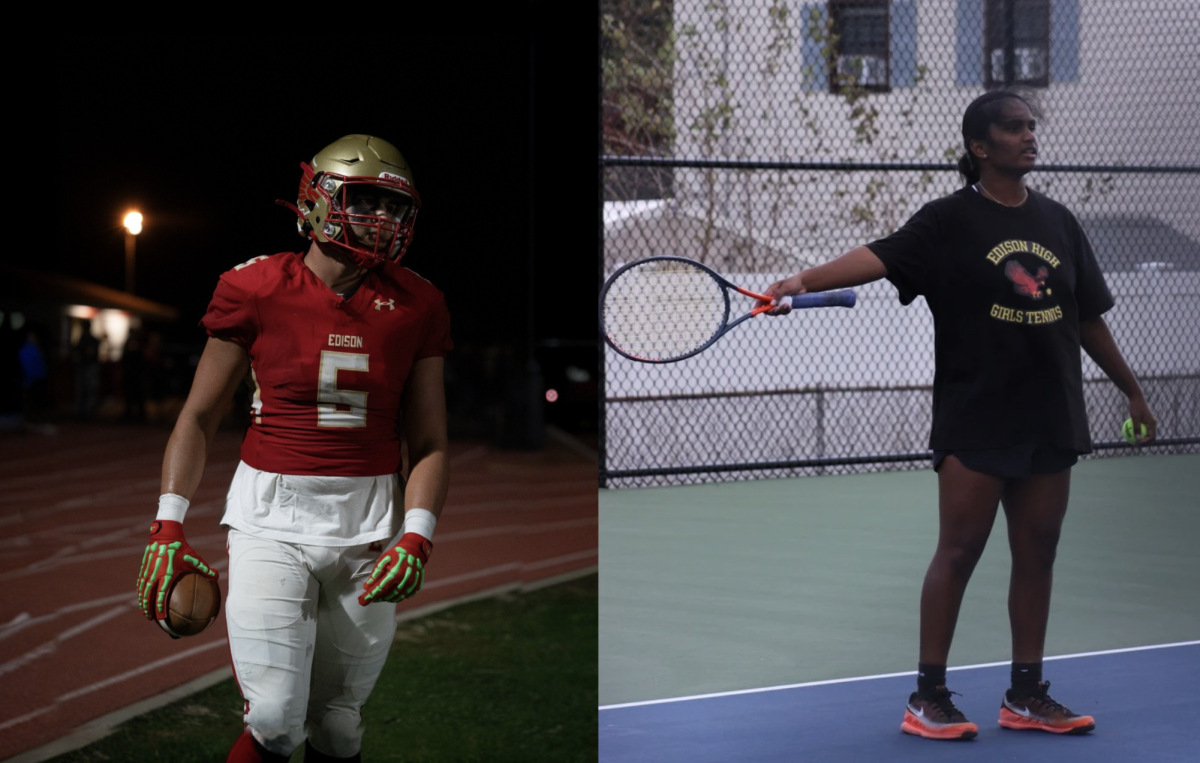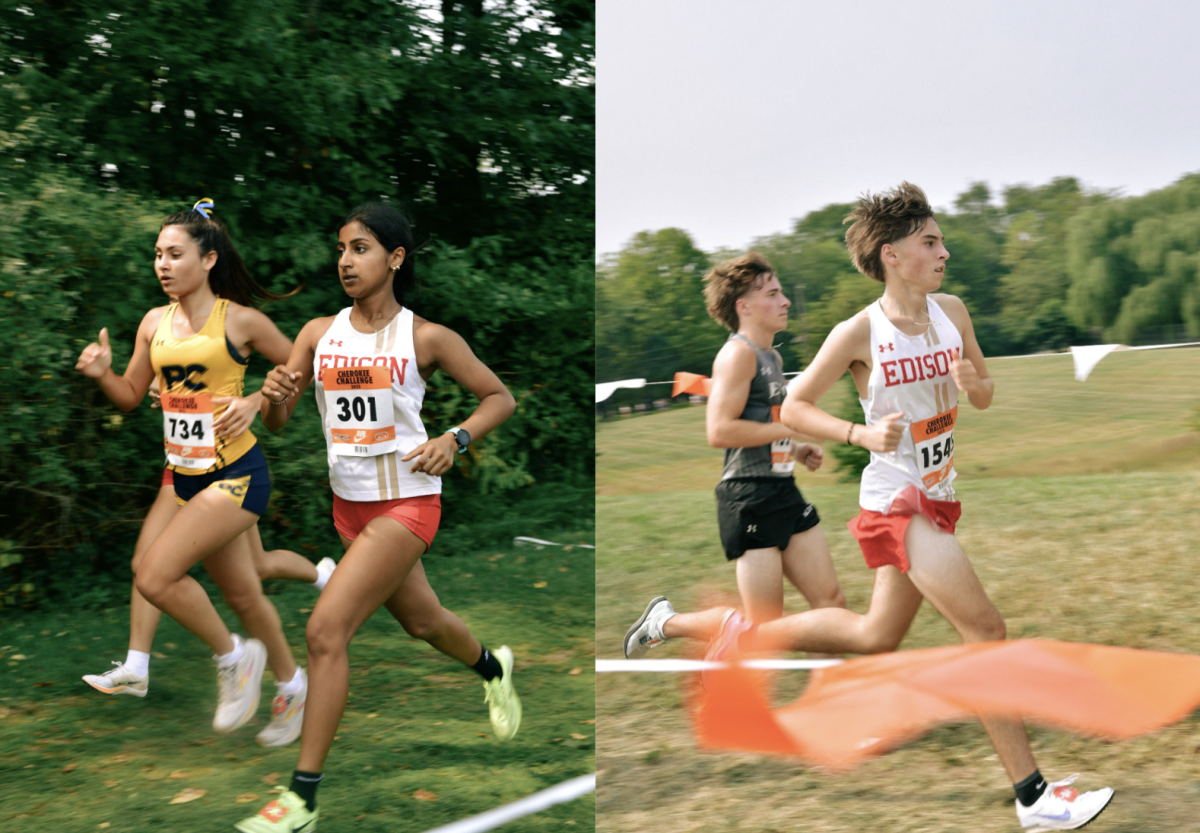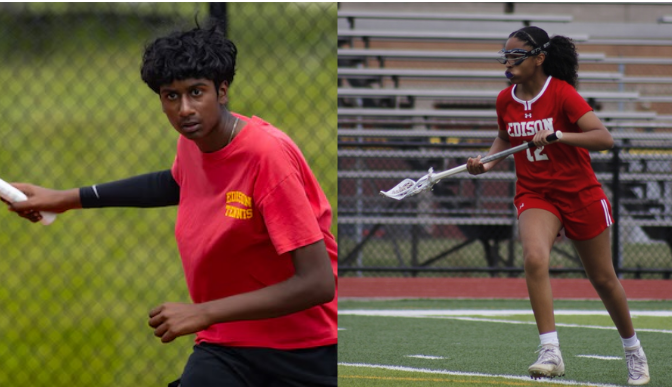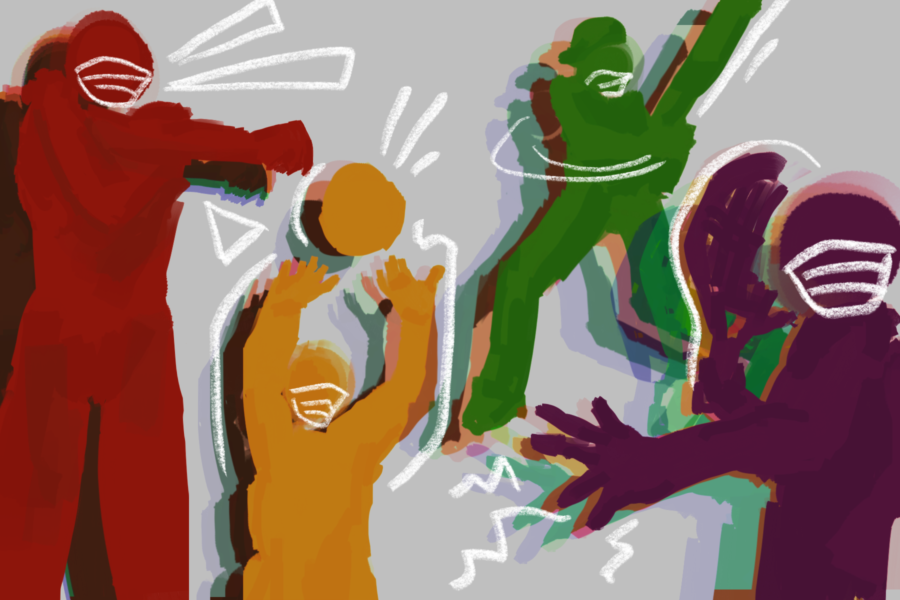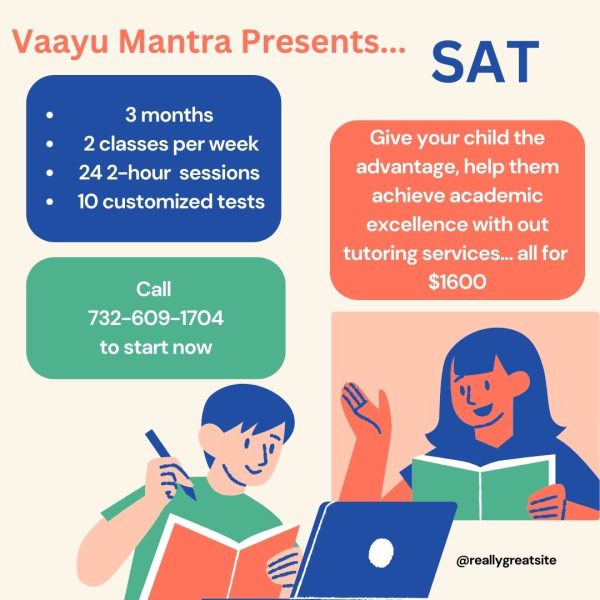Players Persevere in Pandemic
February 8, 2021
The COVID-19 pandemic posed numerous obstacles to society, but athletes are accustomed to jumping hurdles. Even with the distinct challenges of this year, winter and spring sports intended to proceed normally. To combat the pandemic, athletes will endure changes to safety protocols in their upcoming seasons.
A typical season has comprised of two months of practice, conditioning, and games. In the past, winter sports have begun in December, and spring sports in March. Athletes practice between three to six days weekly with games integrated into their schedule.
Coaches and players alike seek an inspiring experience of teamwork and improvement. “By having a strong work ethic and enjoying what we do each and every day, we can put ourselves in a better position to succeed,” said Head Girls’ Basketball Coach Mr. Francis Eckert. Players establish goals while their coaches and teammates assist them—an aspect that remains constant.
With the new challenges of remote learning, many students desire connection. Engaging in extracurricular activities such as sports motivates them both on and off the field. “Running has been a great stress reliever and break from sitting on Zoom meetings,” said Rohan Arestani ’23, a winter track athlete.
With COVID-19 cases rising, the CDC established mandatory protocols to ensure athletes’ safety while they fulfill their passion for sports. Before practices, temperatures are checked and health questionnaires are filled out. Remaining six feet apart and wearing masks are essential. However, athletes can remove their masks during high intensity activities. When athletes are not wearing masks, they are supposed to try and remain distant. If students display any symptoms of COVID-19 or were exposed to the virus, the protocols prohibit them from attending practice.
On December 5, 2020, the CDC paused indoor sports, postponing winter athletics until January 2, 2021. Although indoor sports resumed, high-risk sports like wrestling were scheduled to commence in months to come. Since hockey was classified as medium-risk, it started on January 4, 2021. While masks and social distances present an unusual situation, the time change also affect the season’s atmosphere. Wrestling, a sport that usually takes place during the winter, may continue during the spring. Indoor sports bore the brunt of the pandemic as the CDC restricted indoor gatherings.
Athletes face the fear that their season could be halted, postponed, or cancelled if COVID-19 cases spike, as was the case for indoor winter sports. Players develop strong bonds with their sport and their team. “Even outside of school, we try to find ways to play, whether it’s on a sand court or at some gym,” said Boys Volleyball Captain Rijul Jain ’21.
Nevertheless, the limitations alter the environment. Resisting hugs, high-fives, and huddles disrupts the mood. Aside from social distancing, athletes have to deal with another change: the prohibition of spectators. No crowds to cheer them on.
Priorities shifted to accommodate safety regulations. Coaches intend to implement these protocols; nevertheless, they want to continue to assist athletes on their journey. A mutual love binds coaches and athletes. The same love that unites the team also draws them apart as players consider the safety of their teammates and their families. Ambitious yet mindful, they prepare to tackle the winter and spring season. Athletes will run faster than COVID-19—with a mask on, obviously.
Photo Credit: Alyson Zhang ’22













